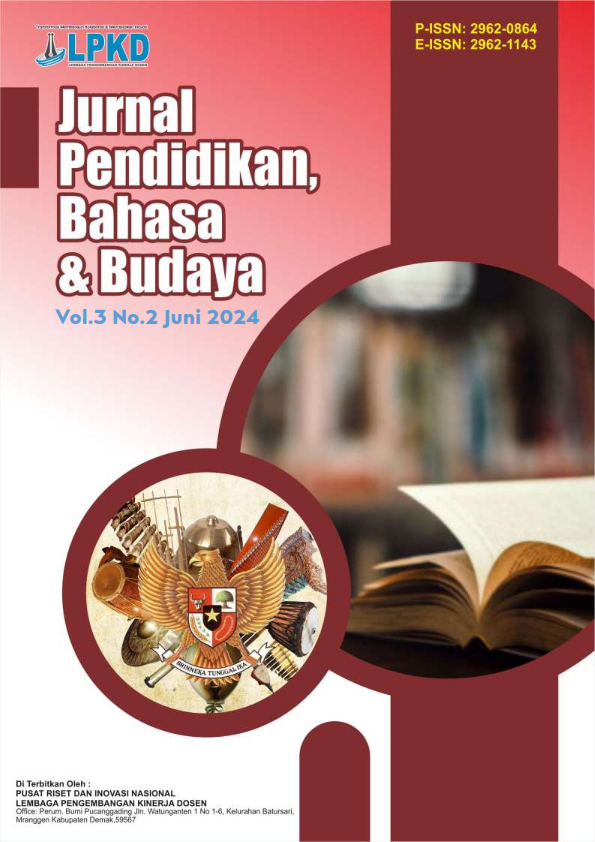Analisis Penyebaran Hoax Di Media Sosial Dan Dampaknya Terhadap Masyarakat
DOI:
https://doi.org/10.55606/jpbb.v3i2.3201Keywords:
hoax, social media, digital literacy, social impact, national securityAbstract
The spread of hoaxes on social media has become a serious problem in society. This research aims to analyze the factors that cause the spread of hoaxes, the characteristics of hoax content, a well as their impact on society. The research method used is the study of literature and content analysis from various online news sources. The results showed that the main factors of the spread of hoaxes were lack of digital literacy., economic motivation, and political polarization. Hoax content generally spreads quickly, has sensational titles, and contains inaccurate information. The impact of hoaxes on society includes confusion, social conflict, and a decline in public trust. This research concludes that comprehensive efforts from the government, media, and the public are needed to overcome the hoax problem. This research aims to analyze the causes, patterns of spread, and the impact of hoaxes on social media on the community. The research methods used are literature studies and content analysis from various trusted sources. Patterns of spreading hoaxes generally utilize sicial media algorithms to achieve a wide reach quickly. The negative impact of hoaxes on society is very diverse, ranging from triggering social confilcts, affecting public opinion, to threatening political stability and national security. This shows the urgency of handing hoaxes comprehensively, involving the role of government, social media platforms, and the public.
References
Allcott, H., & Gentzkow , M. (2017). Social media and fake news in the 2016 election. Journal of Economic Perspective, 31(2), 211-236.
Bakir, V ., & McStay, A. (2018). Fake news and the economy of emotions: Problems, causes, solutions. Digital Journalism, 6(2), 154-175.
Bessi, A., & Ferrara, E. (2016). Social bots distort the 2016 US Presidential election online discussion. First Monday, 21(11).
Guess, A., Nagler , J., & Tucker , J. (2019). Less than you think: Prevalence and predictors of take news dissemination on Facebook. Science Advances, 5(1), eaau4586.
Lazer , D. M., Baum, M. A., Benkler , Y., Berinsky, A. J., Greenhill, K. M., Menczer , F ., ... & Schudson, M. (2018). The science of fake news. Science, 359(6380), 1094-1096.
Pennycook, G., & Rand , D. G. (2019). Fightig misinformation on social media using crowdsourced judgments of news source quality. Proceedings of the National Academy of Science, 116(7), 2521-2526.
Vosoughi, S., Roy, D., & Aral, S. (2018). The spread of true and false news online. Science, 359(6380), 1146-1151.
Wardle, C., & Derakhshan, H. (2017). Information disorder: Toward an interdisciplinary framework for research and policy making. Council of Europa report, 27, 1-107.
Zannettou,S., Sirivianous, M., Blackburn, J., & Kourtellis, N. (2019). The web of false information: Rumors, fake news, hoaxes, clickbait, and various other shenanigans. Journal of Data and Information Quality (JDIQ), 11(3), 1-37.
Downloads
Published
How to Cite
Issue
Section
License
Copyright (c) 2024 Jurnal Pendidikan, Bahasa dan Budaya

This work is licensed under a Creative Commons Attribution-ShareAlike 4.0 International License.








